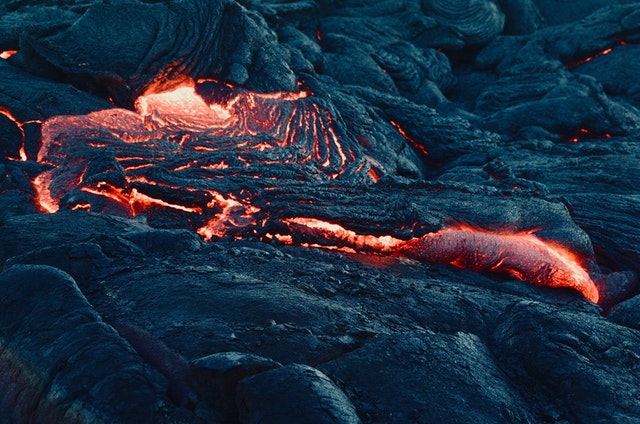About VVS
Introduction
The University of Idaho Center for Ecohydraulics Research has acquired a Volumetric Velocimetry System (VVS) through a NSF EAR/IF equipment grant. The new system is located at University of Idaho Boise in the Idaho Water Center and is available for collaborative projects.
Example applications of the system:
1. Model studies of breakout during surface lava flow which improves prediction of when lava will arrive at specified location.
2. Exploring critical questions about solute and sediment transport in stream to improve predictions of channel stability, water quality and aquatic habitat.
The acquisition of a Volumetric Velocimetry System (VVS) will enable researchers to overcome the crucial shared challenge faced by scientists and engineers who seek understanding of the fundamental nature of several types of fluid flows: the inability to acquire all three temporally and spatially resolved components of velocity data and their spatial and temporal derivatives, whose information will allow direct solution the Navier-Stokes equations retrieving information on the pressure and force distribution.
Moreover, volumetric descriptions of the experimental flow fields from this system will be powerful tools for the validation of complex computational models, which are becoming a common investigative tool even though in many circumstances models are not benchmarked with proper data. Pursuing these research avenues will yield insights into geoscience phenomena, including entrainment in deep-sea hydrothermal systems and breakout during surface lava flows.
In addition, coupling the VVS with the refractive index matching will probe critical questions about microbial colonization of pore interstices, turbulence dissipation at and within streambeds and its impact on organisms, and solute and sediment grain transport in streambeds.


